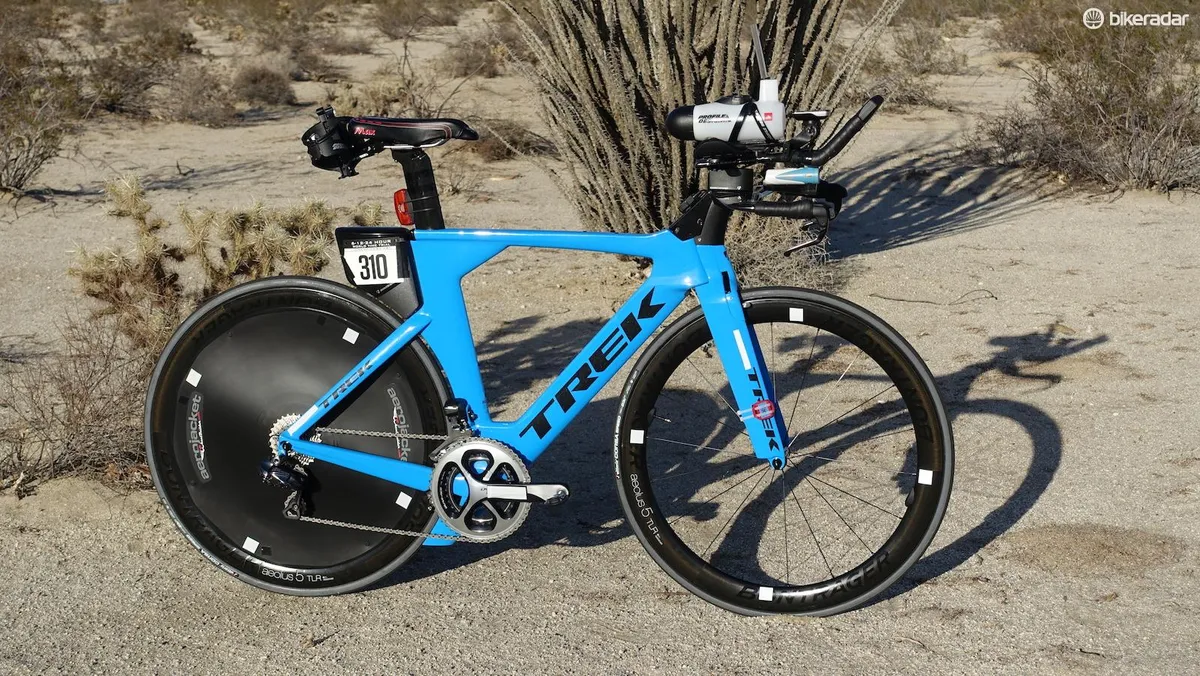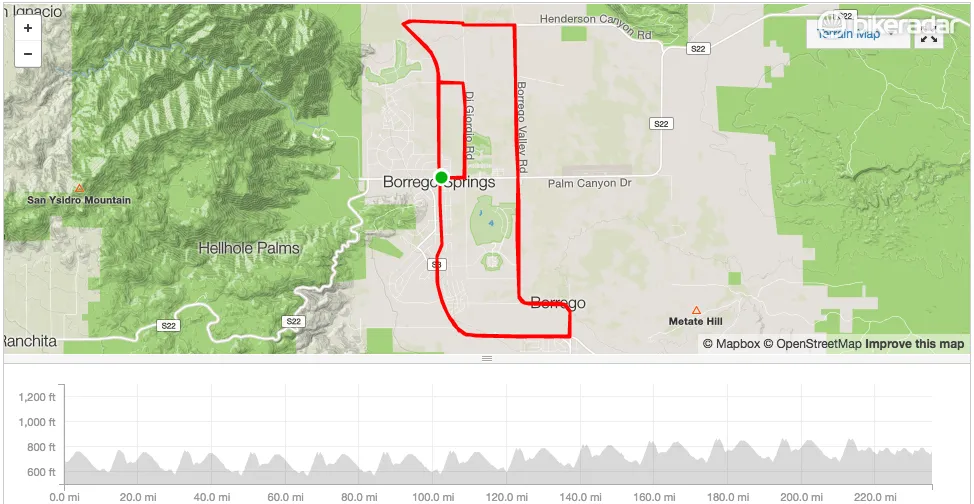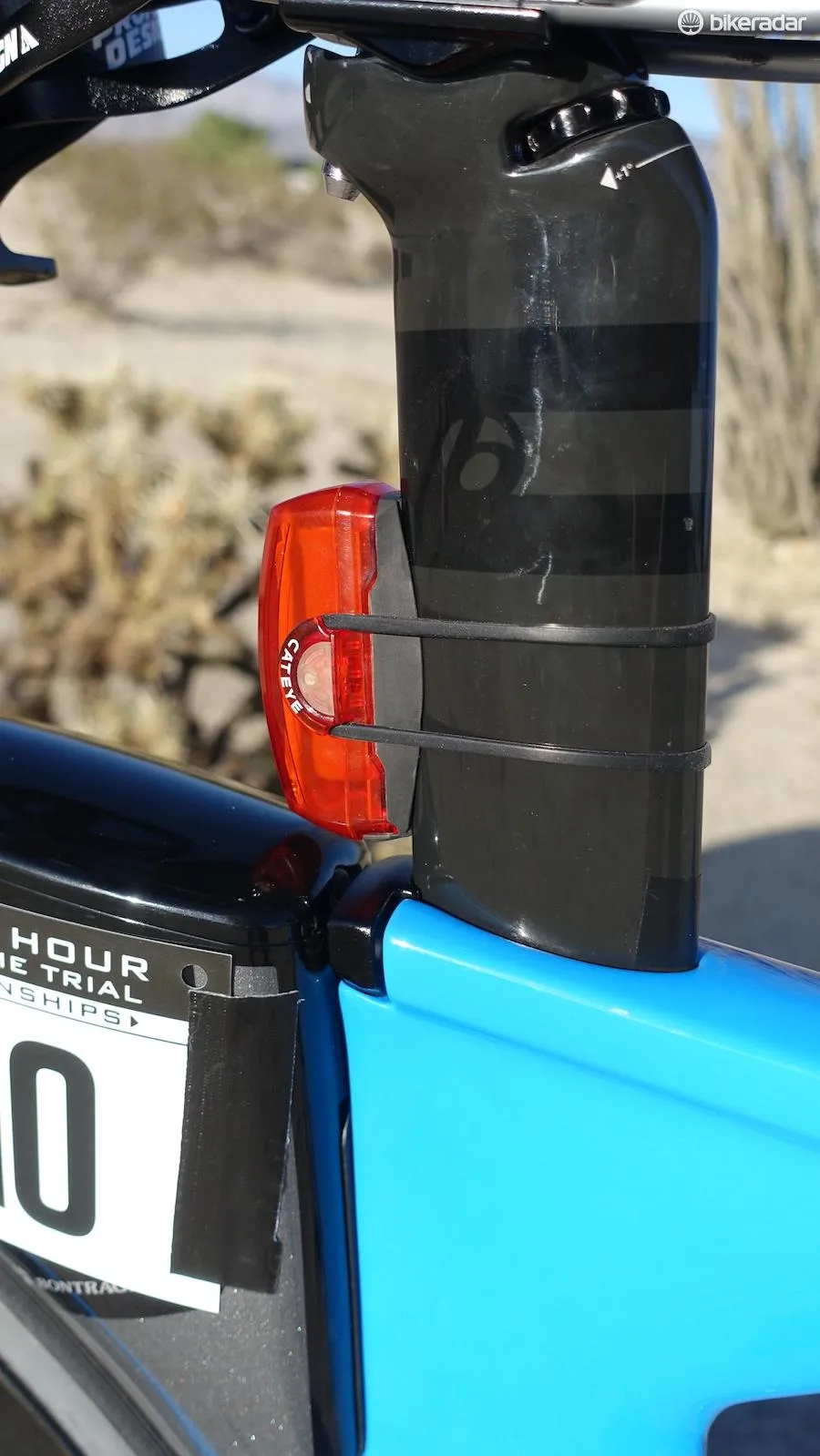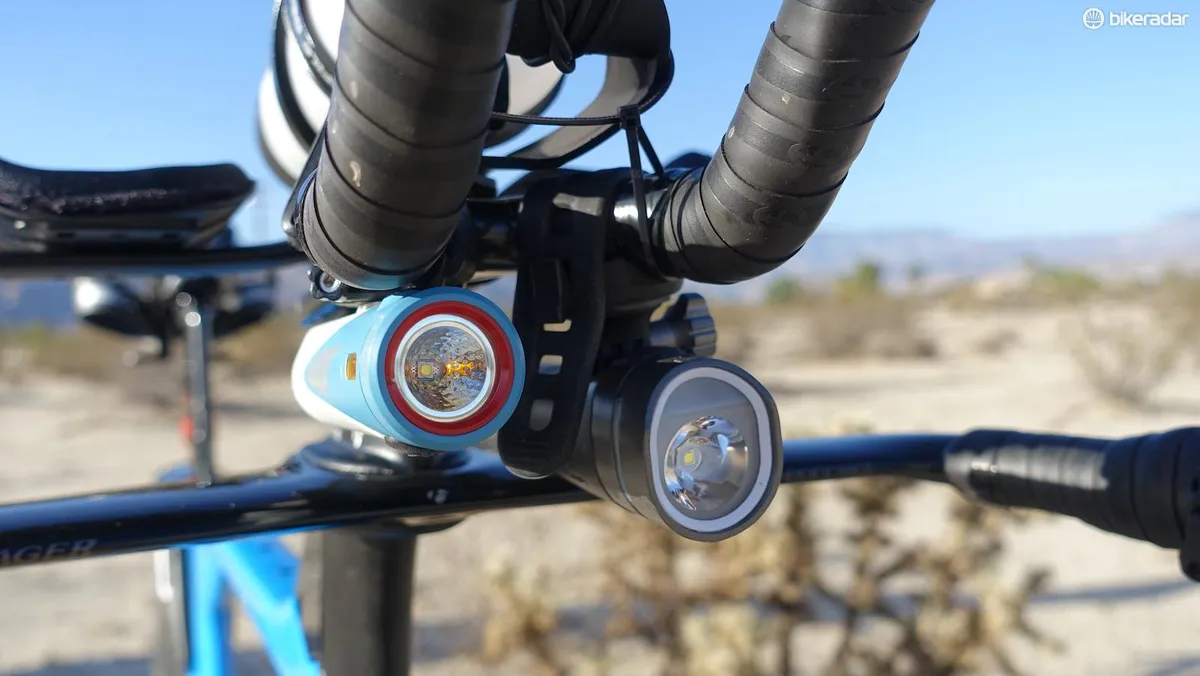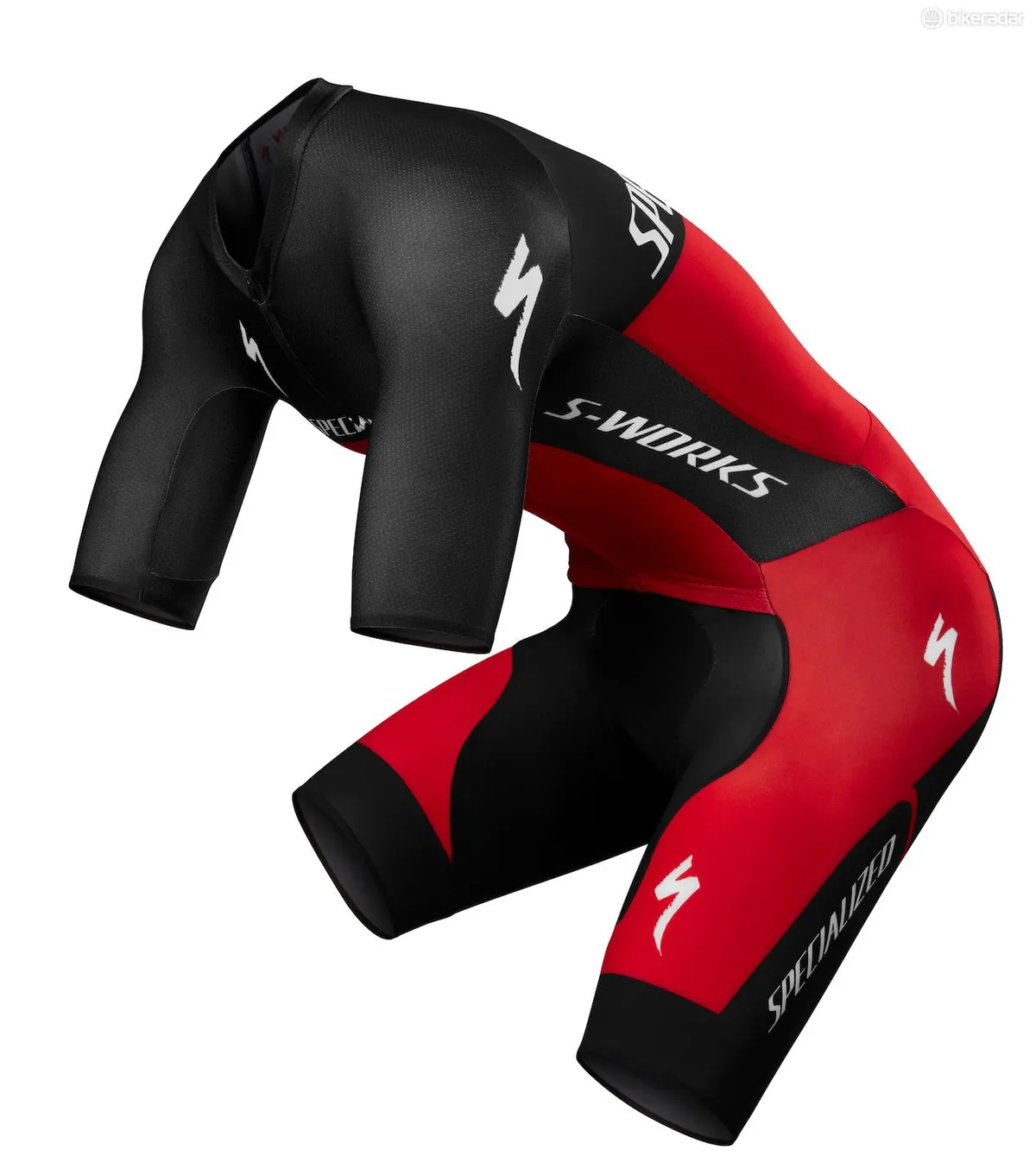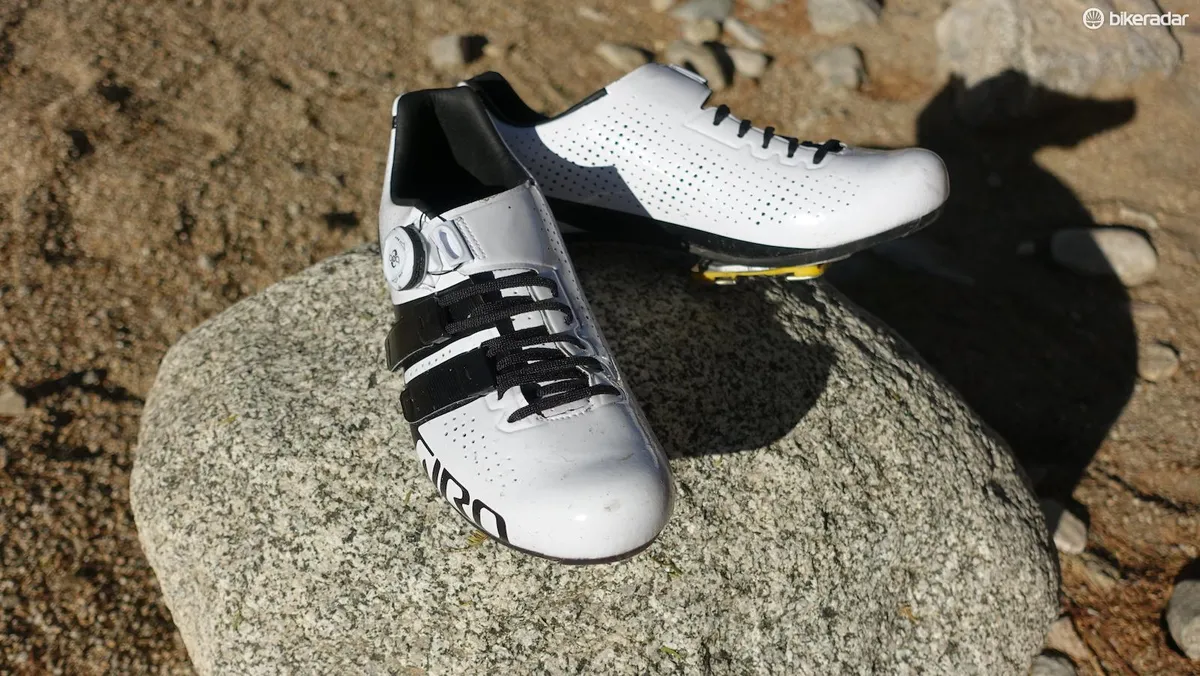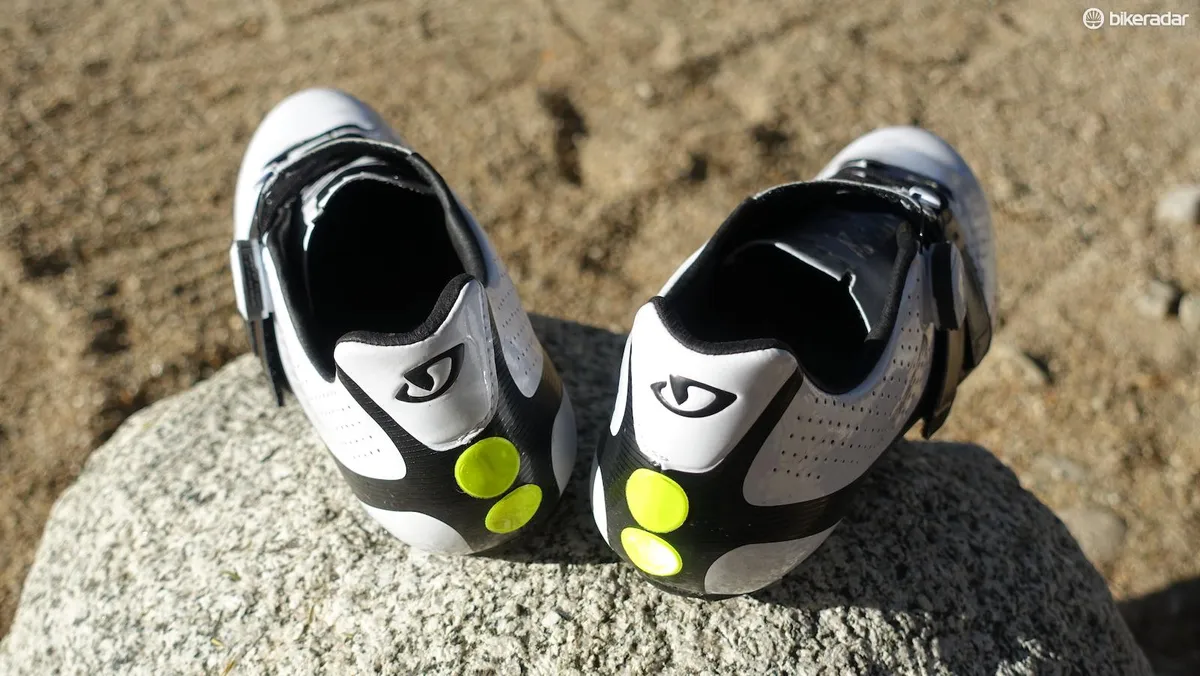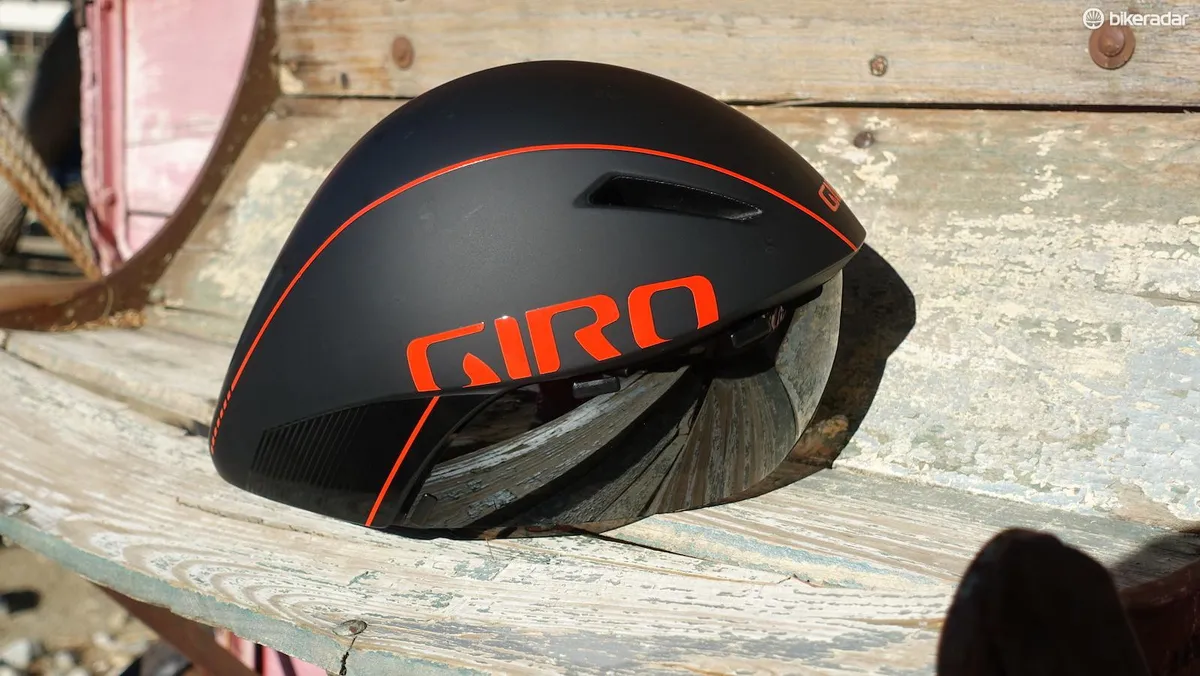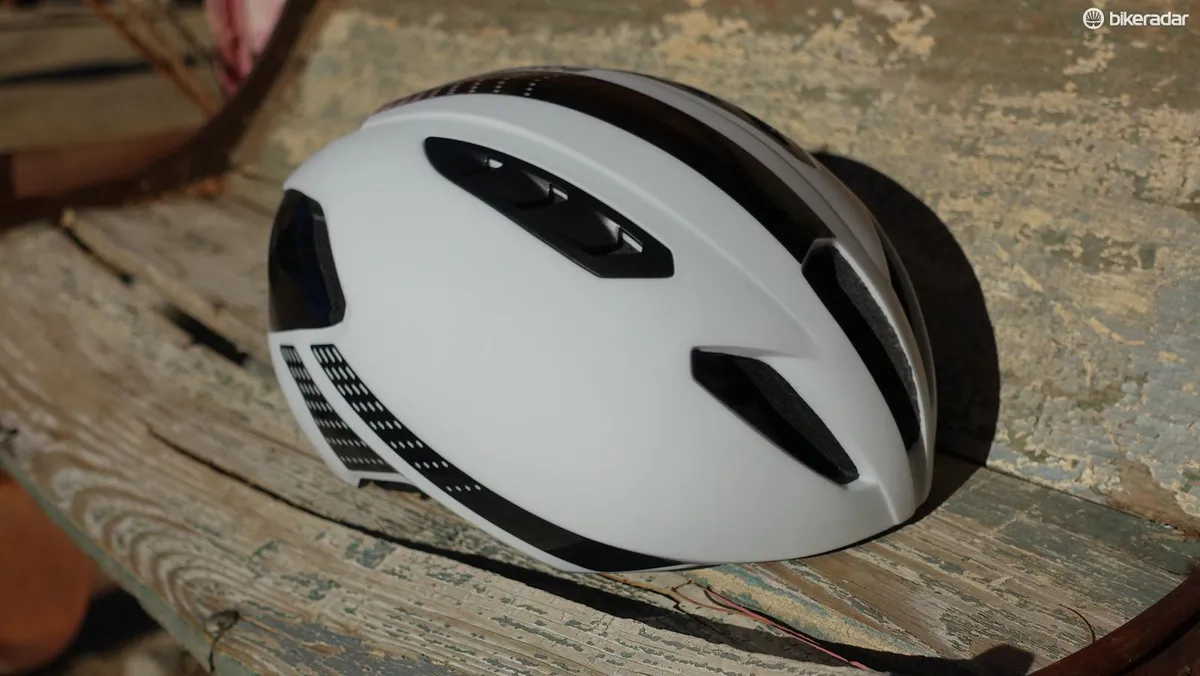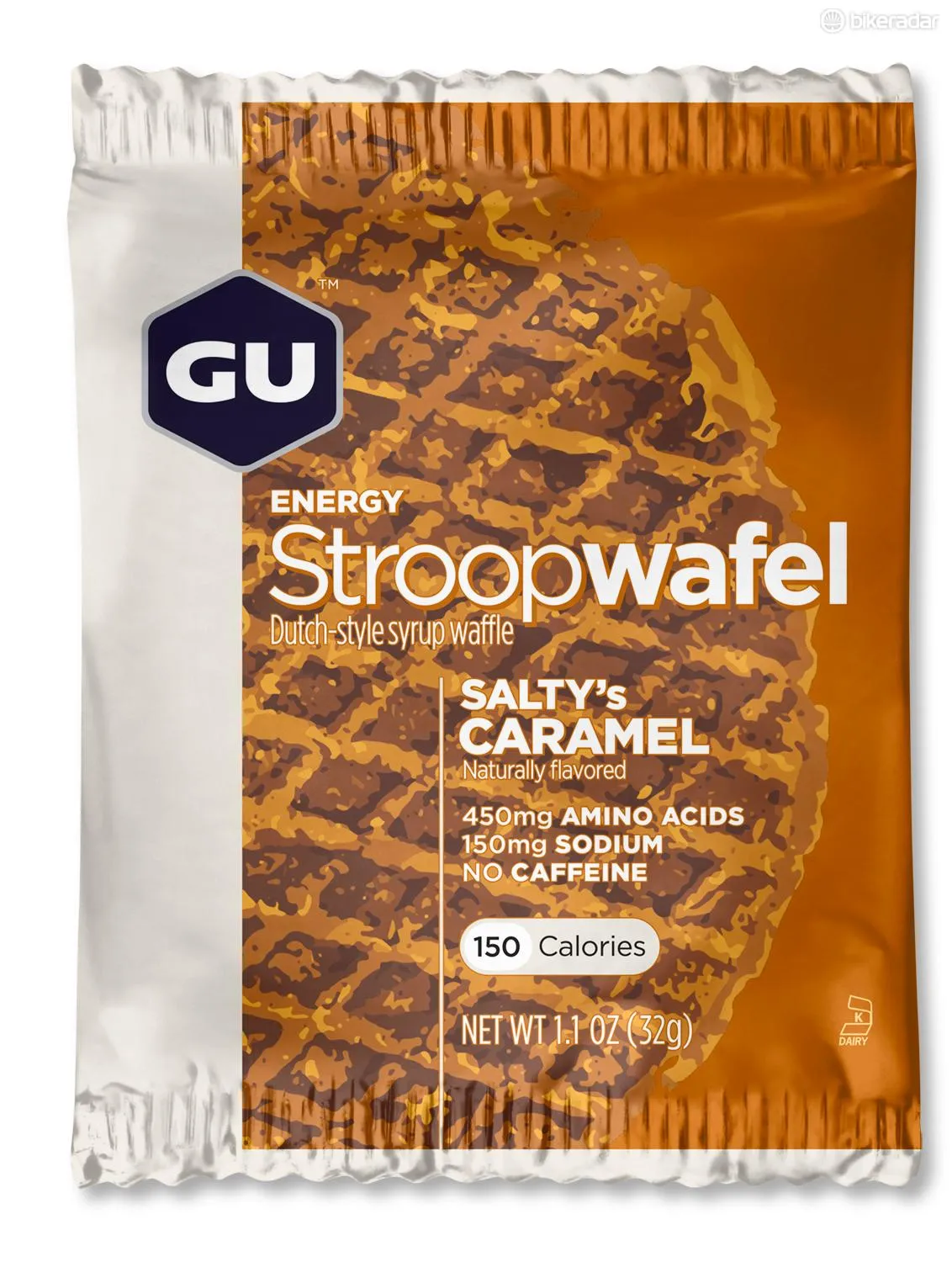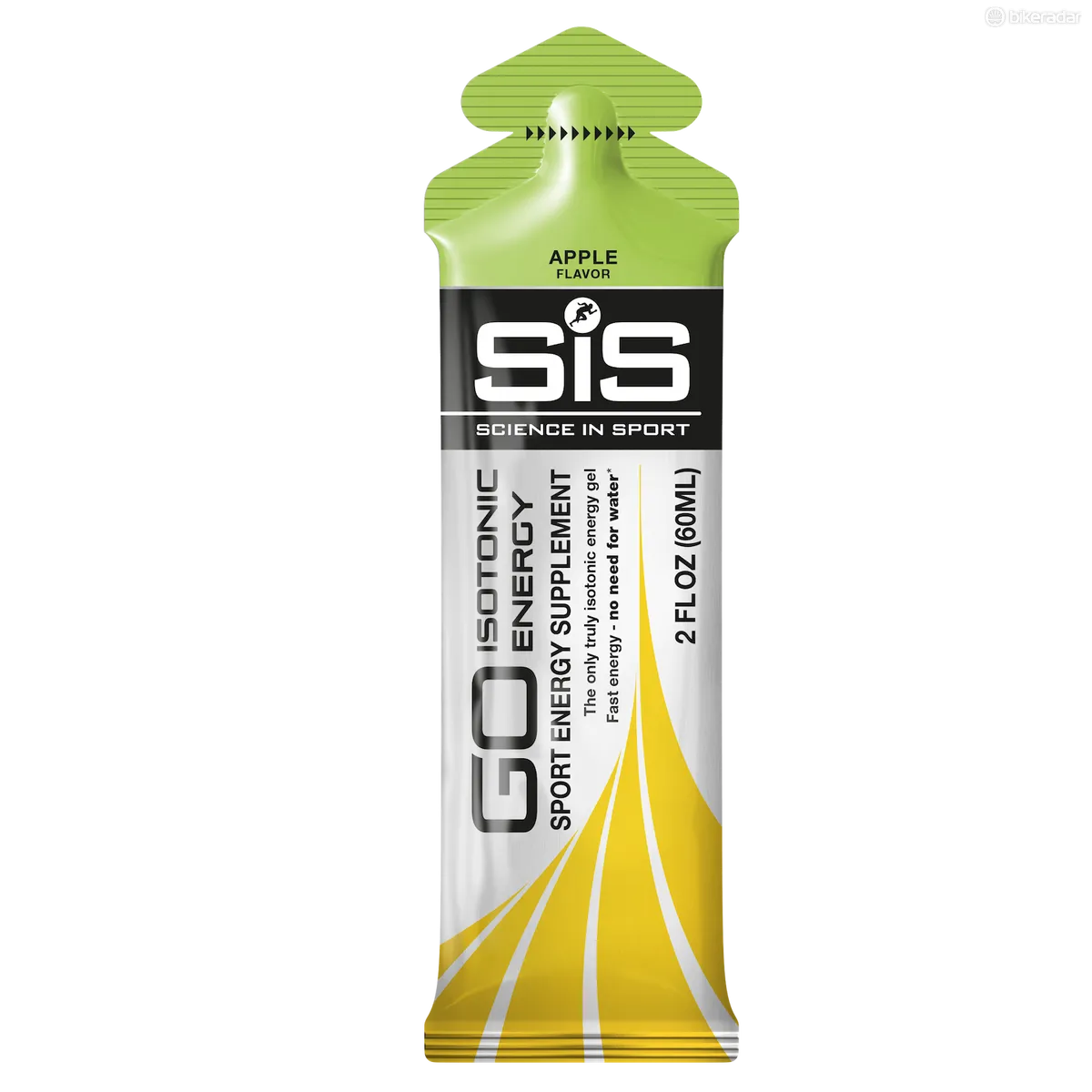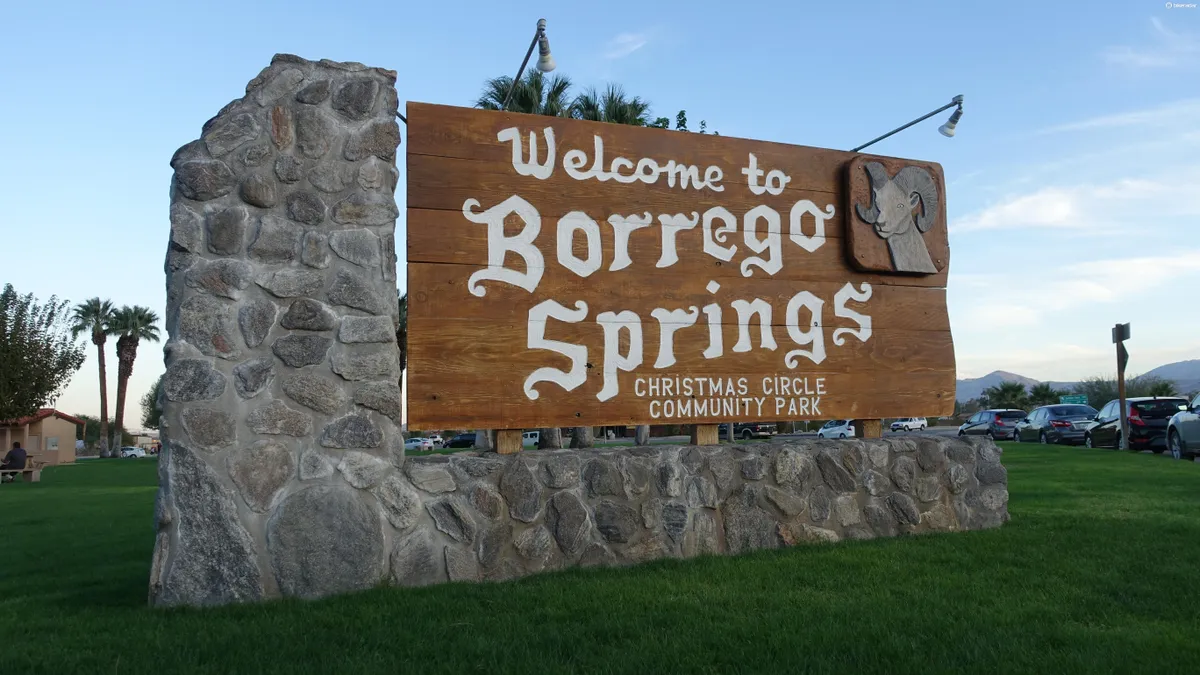A 12-hour time trial is not something I was ever considering until listening to an episode of The Cycling Time Trial Podcast by Mark Florence. While Michael Broadwith, the two-time British 24-hour time trial champion, recounted his experiences, it occurred to me that much of the training I’d done this year for long gravel and mountain bike races would translate fairly well to a long-format time trial.
I grew up time trialing, racing mostly the 20-kilometer as a junior, but hadn’t raced a TT bike for quite some time. A quick internet search showed that RAAM’s 24-Hour World Time Trial Championships took place in early November in Borrego Springs, California. Also offered were six- and 12-hour options. I signed up after a bit more research (and reading how former BikeRadar editor Jeff Jones smashed the 12-hour record back in 2011).
p.p1 {margin: 0.0px 0.0px 0.0px 0.0px; font: 14.0px Helvetica}
- The course: The desert landscape of Borrego Springs, California plays host to the race. A mostly flat course means that aerodynamics take priority over weight. Racers ride an 18-mile loop until 1.5 hours to go, when they switch to a 5-mile loop. Both are flat and for the most part offer smooth pavement.
- The equipment goal: Effectively balance aerodynamics, efficiency and comfort to maximize speed and minimize the need for stops.
- The horse: A Trek Speed Concept with Shimano Ultegra Di2, a Stages power meter, Profile Design hydration, Cobb Maxx saddle, Vittoria Corsa Speed Open tires, Wheelbuilder AeroJacket disc cover and Speedplay Zero Aero pedals.
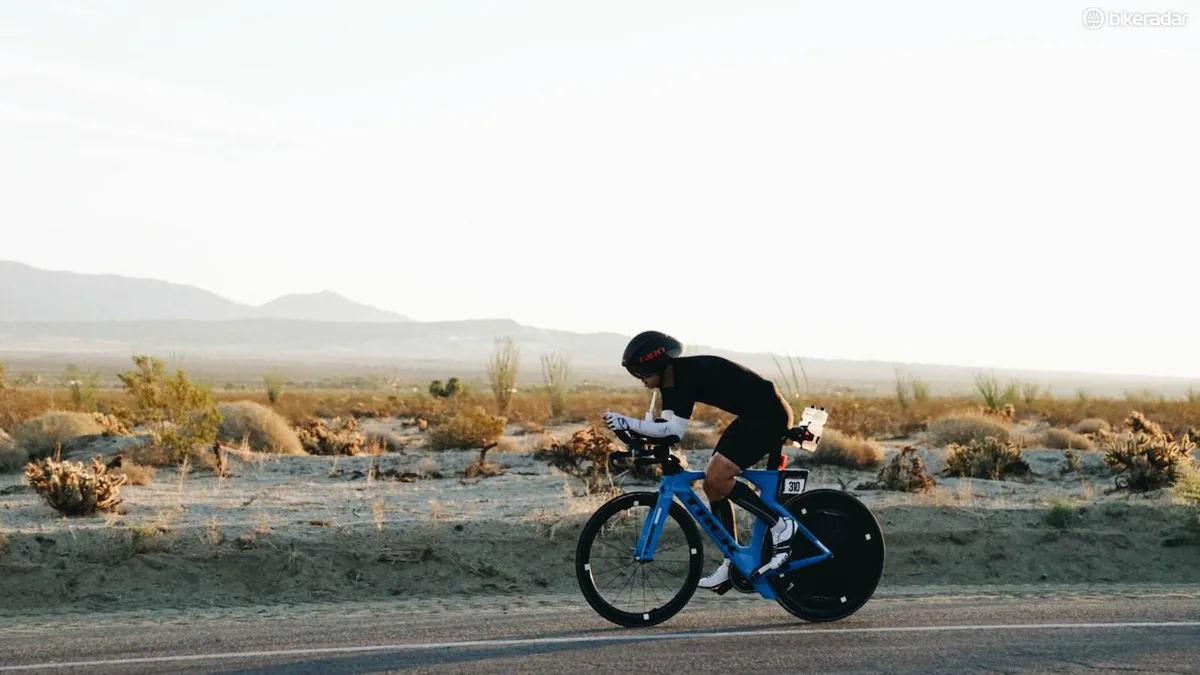
The 12-hour bike: Trek Speed Concept
There are a lot of fast time trial bikes on the market these days, and a growing number are designed without the UCI’s rules in mind. Because the 24 Hour World Time Trial Championships are run by the Race Across America (RAAM), I didn’t need to worry about pesky measurements, much like those who race in the time trials in the United Kingdom.
Trek’s Speed Concept can be ordered with a UCI compliant fork and bar, or — as I used it — with a more aerodynamic fork, base bar, Speed Fin rear brake cowling and Speed Box. There are more radical bikes now on the market that offer integrated storage, but I’m very familiar with the Speed Concept and wanted to ride a known quantity.
Using the Wisconsin company’s Project One program, Trek applied the custom bright blue paint and a beautiful pearl overcoat. Shimano’s Ultegra Di2 electronic shifting was key over such a long day of riding and I set up both aerobar shifters to change the rear derailleur. This meant that even while eating or drinking from a bottle, I could easily change gear with whatever hand was still on the bar. The course was exceptionally flat and I never used the small chainring except when leaving the race’s pit area, so I never missed having that option with the left aerobar shifter.
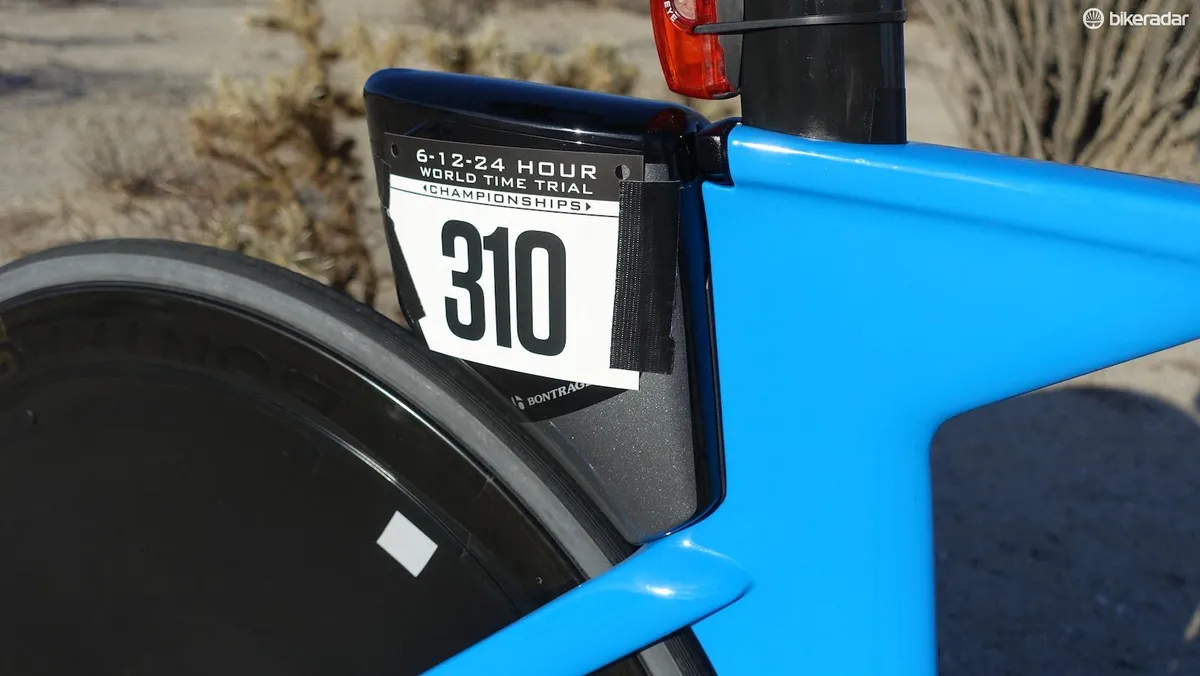
Trek claims that the Speed Concept is actually faster with the Speed Box attached to the back of the seat tube/seatstay junction, as it helps smooth air flow behind the bike. I used it to carry a small multi-tool, a spare tube, tire lever and a CO2 inflator. I wrapped all of them in a rag to keep them from rattling.
The front end does require a bit of work but offers quite a lot of adjustability. I went with a fairly conservative position, far more upright than I would use for a 40-kilometer time trial and I’m very happy that I did. At 5’10” tall I used a medium Speed Concept frame, a tall/long stem and the shorter of the two upright, ski-bend extensions.
Other 12-hour gear
Bontrager Aeolus 5 wheels with Wheelbuilder AeroJacket Disc Cover
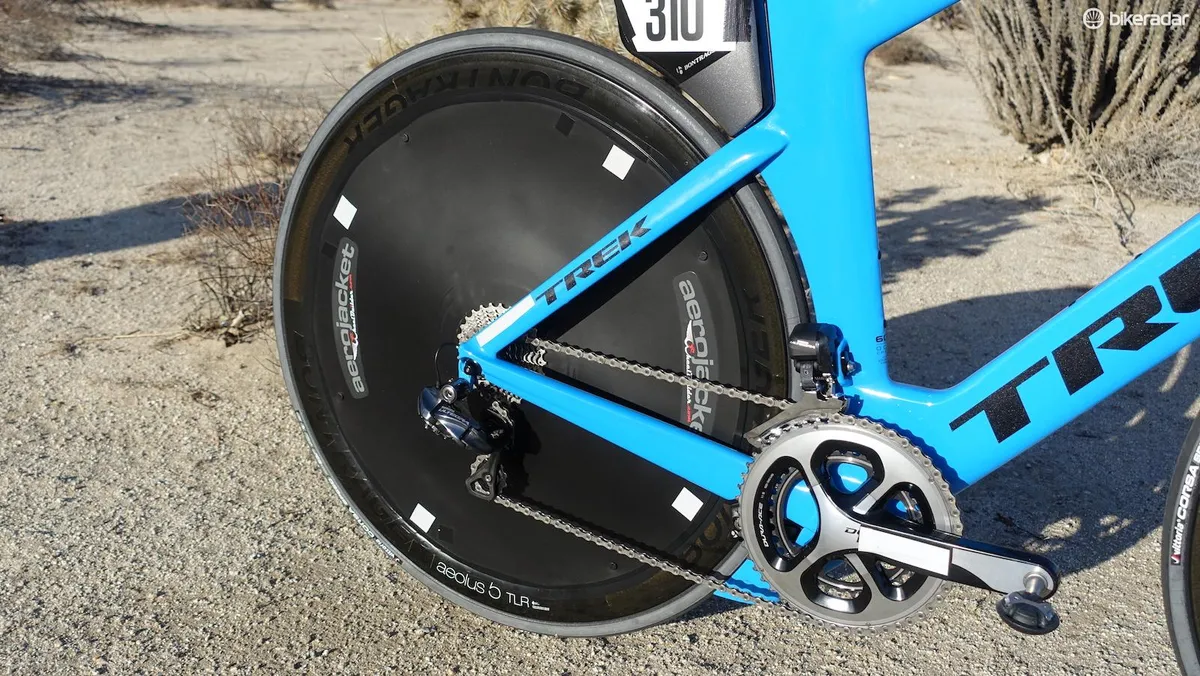
I’m a fan of Bontrager’s latest wheels, especially with the recent addition of tubeless compatibility. The aero shapes are fast, stable and offer great braking performance, but Bontrager does not currently produce a rear disc wheel. So I spoke with Carl Matson, one of the designers of the Speed Concept, about my options. He said that after wind tunnel testing every popular disc on the market (on a Speed Concept), my fastest choice was to procure one of Wheelbuilder.com’s $100 AeroJacket Disc Covers and install it over a Bontrager wheel.
While the Wheelbuilder site claims that the Speed Concept is not compatible with its cover, it does work after pulling the cover against the wheel's spokes using Gorilla tape on the inside. That the cover saves several hundred dollars over buying a separate disc wheel is fantastic.
Vittoria Corsa Speed Open TLR tires
Rolling resistance is a buzzword term these days and with good reason. Recent studies have shown that some tires are quite noticeably faster than others. Vittoria’s Corsa Speed Open TLR is a tubeless clincher that has wowed many with its ride quality and exceptionally low coefficient of rolling resistance. According to BicycleRollingResistance.com, it is over two watts faster across a range of pressures than the legendary Continental Grand Prix TT.
The fact that it’s tubeless also means that, in my experience, it retains pressure more consistently over the course of a long day’s ride and of course, also helps to prevent punctures. I ran less than 80psi on the sometimes bumpy course and couldn’t have been happier. I used a set of 80mm Silca tubeless valves as well as Silca’s SpeedBalance kit to balance my front wheel.
Stages Power Meter
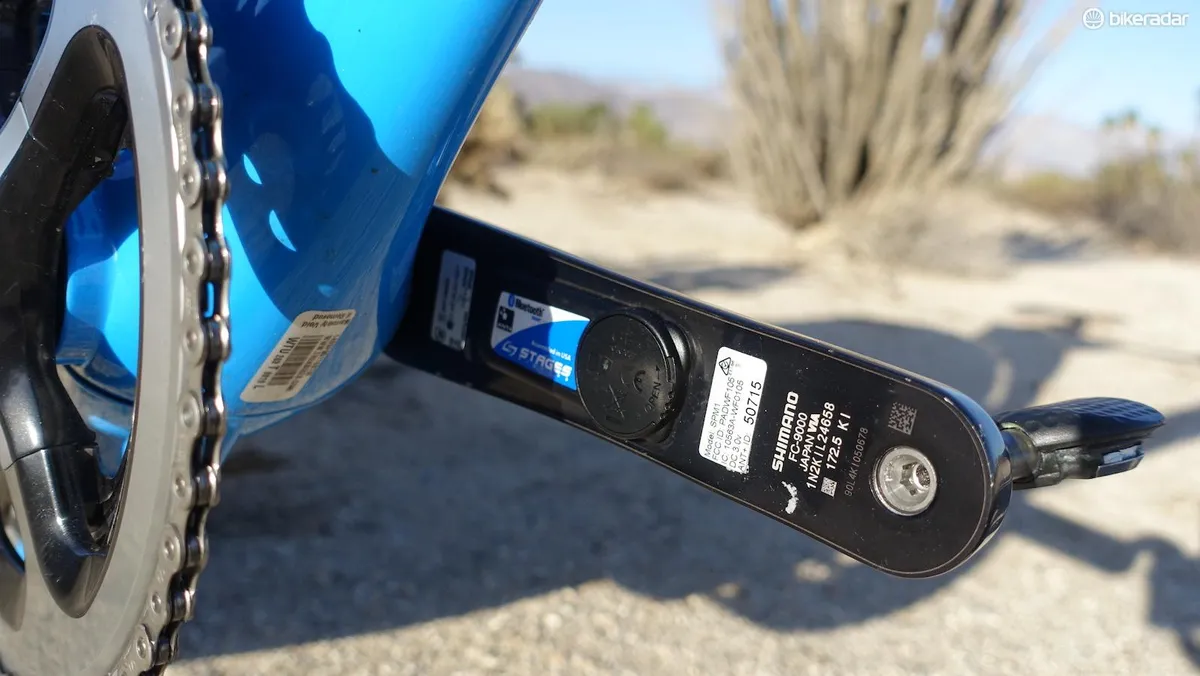
For both training and mid-race pacing I used a Stages power meter. Pacing is obviously important in any time trial, but if you get it wrong you have to deal with it for longer during a 12-hour event. The Stages power meter helped me from going into the red early in the race and acted as a reminder to stay on top of my effort later on.
Garmin Edge 820
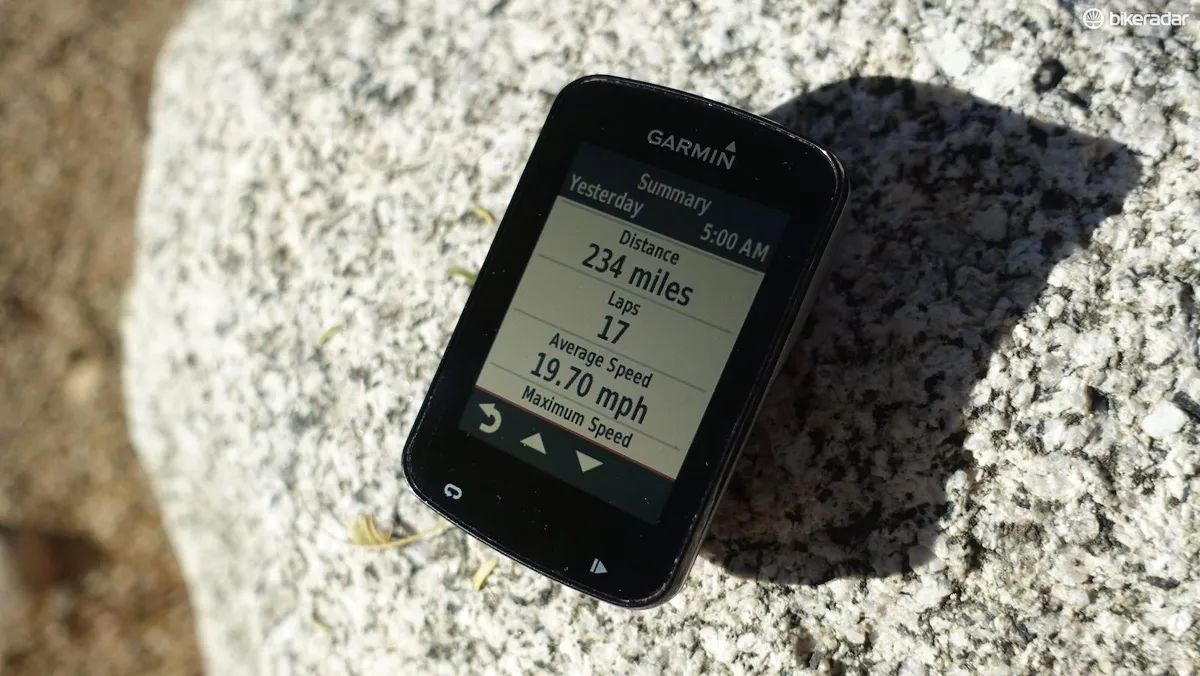
GPS units have only got better in recent years. Garmin’s Edge 820 packs loads of functionality into a small package while maintaining long battery life. I rode the entire day on a single charge and that included an hour of night riding where the unit was backlit so I could see it. It is also possible to upload a Garmin Power Course file created by BestBikeSplit.com to the 820 so that you get location-based power recommendations for a given course.
Speedplay Zero Aero pedals
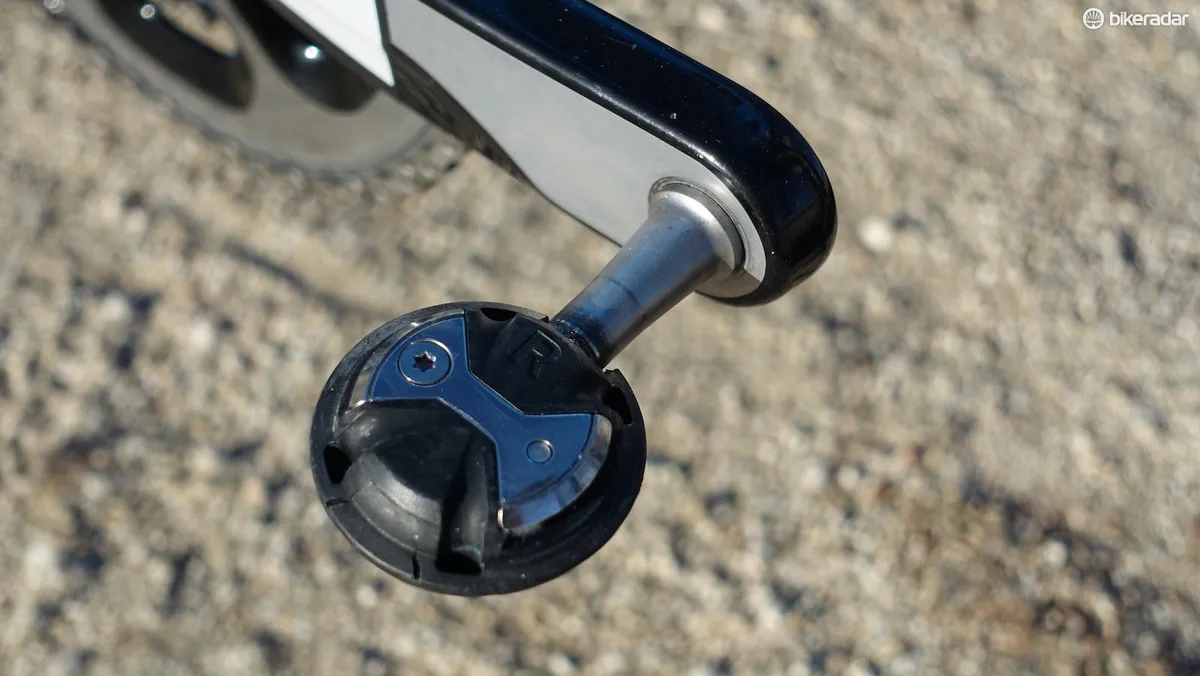
Aero pedals are a thing. Both LOOK and Speedplay offer models that smooth airflow for maximum aerodynamic efficiency. The nod here has to go to Speedplay though as its aero cleat is also more walkable than previous versions, adding real-world function to its performance increase.
I also appreciate the ability to dial in not only the amount of float, but also where that float is offered — something great for heel-in/toe-out riders like me. I kept both the cleats and pedals clean and lubed them using Speedplay’s cleat lube, and they functioned perfectly throughout my training and the 12-hour race.
Cobb Max Saddle
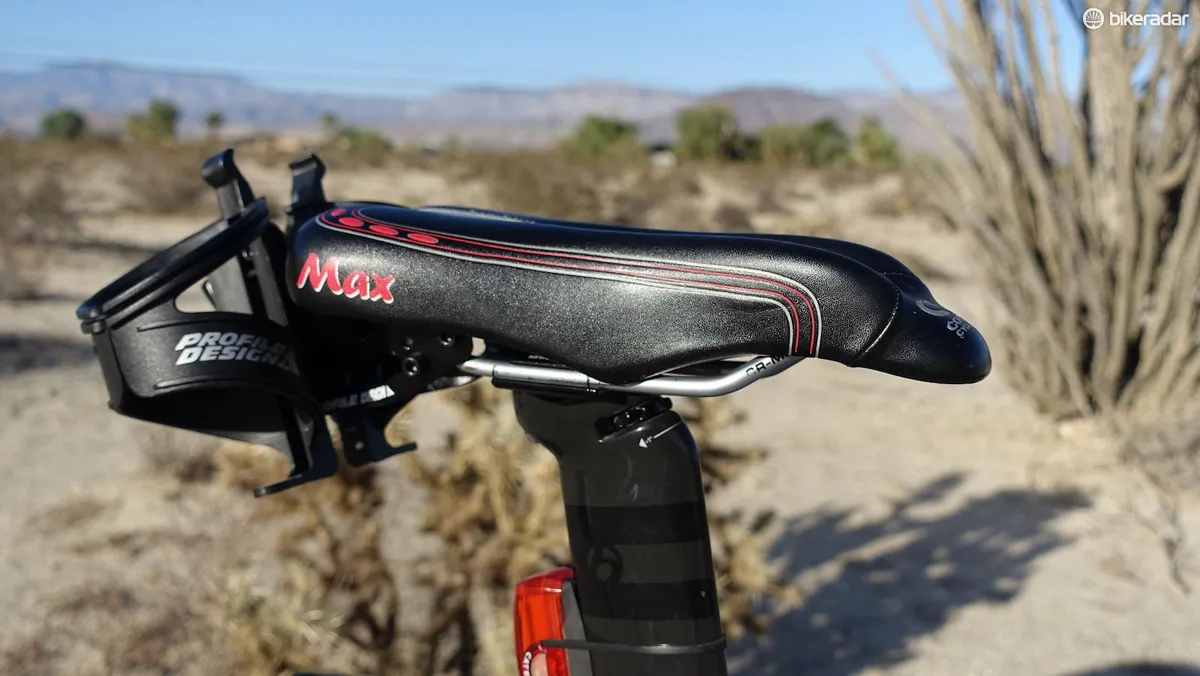
Thanks to a fantastic saddle demo program at Colorado Multisport in Boulder, Colorado I was able to try saddles without the need to buy them. For a small fee, you get access to the store’s impressive saddle collection. I tried a couple of Cobb models and settled on the Max. It’s a bit narrower than most ISM saddles and worked extremely well for me, offering two good positions that I used throughout the 12 hours.
Profile Aero HC and RML bottle carriers
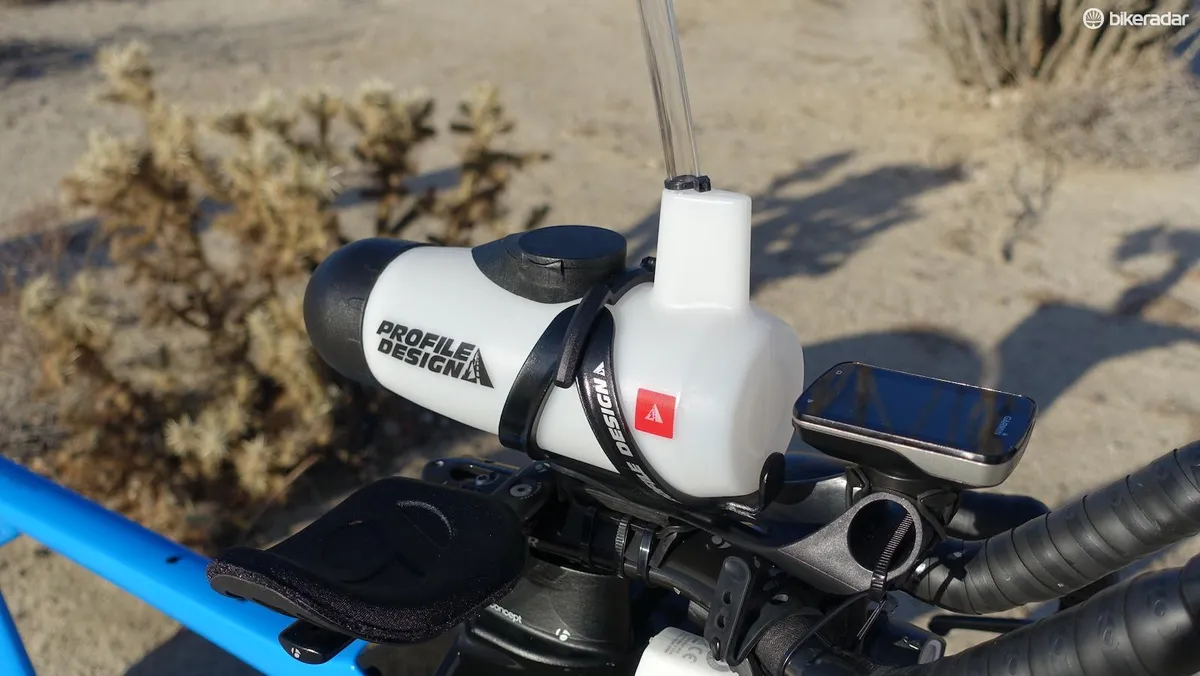
Carrying fluids in a convenient yet aerodynamic way is important in any time trial. According to virtually all experts, the first place to put a bottle is between your arms. Profile Design’s Aero HC comes with a mount that will work on most aerobars. I used the included cage, computer mount and bottle and bolted it to a Twofish Quick Cage Adapter that I zip-tied to the mono-extension on the Speed Concept. A few more zip ties steadied the computer mount so that it wouldn’t hit the front of the bottle as I hit bumps in the road.
Adding the Profile RML bottle carrier to the back of my saddle allowed me to carry up to 76 ounces (2.25 liters) of fluids. This also allowed me to ride for longer between stops during the race, though as the day heated up I did stop more often so that I had cold fluids going in.
Both the Aero HC and RML worked perfectly. I never dropped a bottle and I easily stayed on top of my hydration.
Other bike prep notes
I spent a lot of time cleaning my drivetrain prior the race. To my super clean chain, I then added Silca’s NFS lube, a personal favorite. I never needed to reapply during the event and shifting was silky smooth the entire time.
12-hour clothing, helmets and nutrition

Specialized Evade Skinsuit
75 to 90 percent of the aerodynamic resistance a cyclist has to overcome is created by the rider, not the bike. So anything you can do to minimize this will pay dividends. After working with a fitter to improve your position, the next best step is a good skinsuit. The big caveat is that it has to fit, and fit tightly. Even a really tight aero jersey is better than a flapping skinsuit.
If you race road races and criteriums as well as time trials and only have the coin for one suit, check out Specialized’s Evade GC skinsuit. It has three rear pockets and an exceptional fit. I’ve used the Evade skinsuit in a 150-mile gravel race and now worn it for 12-hours on a time trial bike. It is very comfortable, has a great chamois and its pockets work really well for carrying food and a phone (racers are required to carry a phone with them at RAAM’s 24-Hour TT Champs).
The inseam is a tad shorter than my usual bib shorts, so I have to apply extra sunscreen to keep from burning my legs, but that’s a small niggle.
If you’re a TT specialist, Castelli’s long sleeve may be more your style. It foregoes the pockets, adds a flap to cover the leading edge of your race number (when mounted on your lower back) and a thumb loop to keep the sleeves taut. Used by the Cannondale-Drapac team (and next year Team Sky), the skinsuit is a proven performer.
IceFill Arm Coolers
I wore the IceFill arm coolers more for sun protection than anything. I did wet them during the hotter parts of the day and also used a dozen ice socks as well. Wearing the arm coolers also meant that I didn’t have to stop to reapply sunscreen during the day. Less stopped time is more moving time.
Nopinz ATS Trip Sockz
What look like compression socks are actually Nopinz ATS Trip Sockz (they’re actually sleeves and don’t go over the feet). They do offer some compression and sun protection, but they also improve aerodynamics thanks to two vertical strips of raised material up the front of each shin. They help maintain airflow attachment around the leg and can save a few watts, more for riders with large calves. While mostly comfortable, the cuff at the top of my calf on both legs did manage to cut my skin after 10 hours of riding. I finished in them, but wouldn’t do so again without some modification.
If you want to really obsess over drag, consider Castelli’s Aero Speed gloves. They smooth airflow over the middle, ring and pinky fingers.
Giro Aerohead MIPS and Bontrager Ballista MIPS helmets
I brought two helmets with me to Borrego Springs because of the heat. Even in early November temperatures hit the 90s Fahrenheit routinely. For maximum aerodynamics I used Giro’s new Aerohead MIPS helmet. With its integrated visor and a shape that works with many head/body positions, it’s a helmet that places a priority on aerodynamic robustness. The Aerohead is very comfortable and offers a surprising amount of ventilation. I wore it the first three hours of the race, during the coolest temperatures of the day.
Bontrager’s Ballista recently received the MIPS treatment and the aero road helmet was a great option as the heat increased. While I didn’t feel overly hot in the Giro Aerohead, when I swapped it for the Bontrager, the difference was impressive. The increased circulation of air helped immensely and allowed me to continue to push through the hottest part of the day.
Nutrition
No article on an ultra-endurance event is complete without at least a small discussion of food and drinks. After using a certain combination in two other events earlier in the year that both topped 10 hours, I felt safe using the same formula of real food, energy bars, gels and drink mixes for the 12-hours.
With the moderate intensity, steady-state effort of racing for 12 hours, eating isn’t as difficult as it is during more intense races. But keeping a constant stream of calories and hydration is still vitally important. I did overdo the eating during an early break and the result was my slowest lap of the race. After recovering I kept my intake a bit lighter, relying heavily on pieces of banana, GU waffles and SiS gels for much of the long race.
SiS gels, because they’re isotonic, have the added bonus that you don’t need to drink afterwards. I used a mix of flavors, some with caffeine, and never did they upset my stomach. The energy wasn’t spiked for me either.
I used both GU’s Roctane drink mix for some liquid calories and Skratch’s Exercise Hydration mix. Later in the day I switched entirely to the Skratch. Prior to the race I also used Skratch’s Hyper Hydration to make sure I was topped up.
It seems that no matter how sour my stomach may be I can always eat a banana. The wunderfruit settles my stomach while providing a few calories and some potassium.
The only real food I ate other than bananas were small bread and cheese sandwiches. They helped to counter the sweetness of everything else while giving me some fat and protein.
The 12-hour experience overall
In all, I’m extremely happy with both the equipment and nutrition choices I made and the effort I managed to exert. I completed 235.2 miles in 12 hours. I was second in my age division and seventh overall in the solo 12-hour. The overall 12-hour winner was Dede Griesbauer with a distance of 258 miles.
Prioritizing efficiency and comfort, I raced the 12 hours, with the helpful support of my father, essentially trouble-free aside from half a lap of stomach cramps. The Trek Speed Concept I chose performed flawlessly.
p.p1 {margin: 0.0px 0.0px 0.0px 0.0px; font: 14.0px Helvetica} p.p2 {margin: 0.0px 0.0px 0.0px 0.0px; font: 14.0px Helvetica; color: #042eee} span.s1 {text-decoration: underline}
